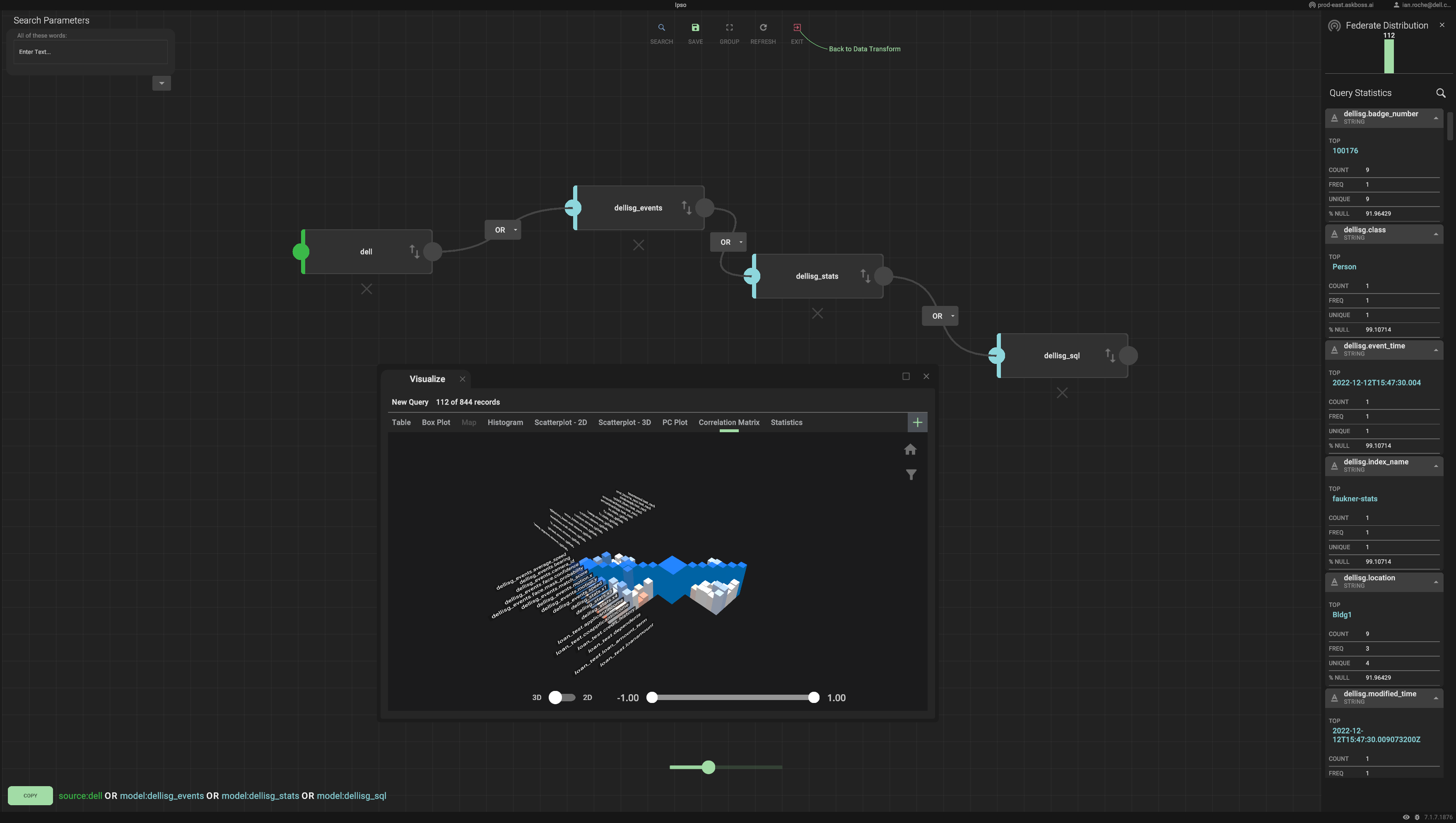As seen above, having a BOSS AI environment on the same VxRail as the VMS and CV workloads are easy to implement. This then provides the option to:
- Integrate Ipsotek data into BOSS using NiFi.
- Create and modify the dataset in BOSS AI and prepare training data.
- Train a model
To help demonstrate how these capabilities could be used in a transportation hub, we ingested Statistics data from the Ipsotek CV inferencing output into the BOSS AI ecosystem. A computer vision detection rule configured in Ipsotek generated people counting data from a monitored area. The people count results are stored by the Statistics data service in Ipsotek. One sample use case based on this data would be creating a simple anomaly detection model that reports on an unusually high number of people in the monitored areas of a facility. For example, someone should be alerted if multiple people are onsite at 4 am, normally when there is sparse to no occupation.
In addition to ingesting the Statistics data described above, we also uploaded all Event data from Ipsotek into BOSS. A daily data feed was configured for this testing; however, any timeframe could be specified. Event data was ingested from a single instance of Ipsotek for this testing. It would be trivial to add additional streams from other Ipsotek installations for aggregation using the BOSS-governed environment. A simulated dataset that represented typical badge swipe in and out information was also ingested. This data would usually come from a facilities system. The use case for BOSS was to correlate data extracted from the computer vision people counting application with the actual badge swipes into and out of a building.
Combining and visualizing these datasets within the BOSS AI platform was straightforward using the "Zero Coding" tools. Creating a virtual dataset and training a simple anomaly detection model with no code was also easy. This scenario requires some coding for training large Deep Learning models. Below is a sample view of aggregated data:

